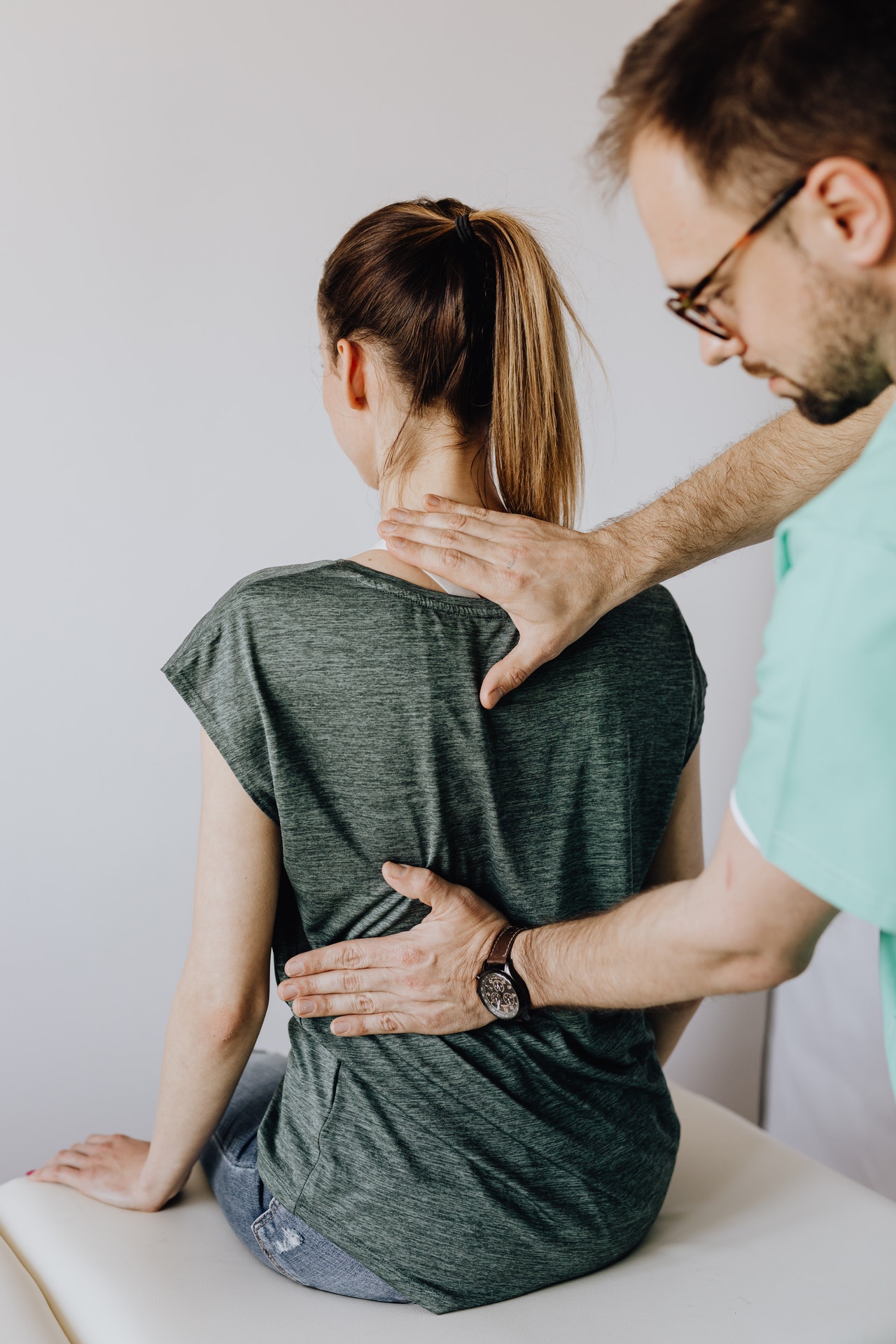Having lower back pain is devastating and painful. It affects your motion, sleeping position, emotions, and your daily activities; hence, disrupting your life. The situation becomes even worse when you realize your spine is the cause. Luckily your Roswell spinal stenosis specialist will help you come out of this painful situation and enjoy your life again.
Spinal stenosis is when your spinal passage becomes narrow, compressing the nerves and your spinal cord; hence, causing pain in your neck and back. The disease exists on your lower back and your neck.
Causes of Spinal Stenosis
Bone Spur
This condition occurs due to the wearing out of your cartilage which protects your joints, causing friction on your bone. When this happens, there is an overgrowth of bone that squeezes the spinal canal. It also pinches the nerves in your spine.
Thickened ligaments
Ligaments are connective tissue with strong collagen fibers that hold bones together. If you have arthritis, it may cause your ligaments to thicken; hence, affecting your spinal canal space.
Tumors
When you grow a tumor between the vertebrae and your spinal cord, it compresses the nerves and the spinal cord because it narrows the pine cord space.
Congenital spinal stenosis
If you were born with a congenital spinal stenosis condition, your spinal canal is small, exposing you to spinal stenosis. If you are born with an abnormally shaped spine, you are at risk of getting the disease as well.
Spinal injuries
If you are involved in an accident that broke your bones or dislocated your bones near your spine, it can add pressure on your spinal nerves by narrowing your canal space.
Diagnosis of spinal stenosis
When you visit Apex Spine and Neurosurgery, your doctor will go through your medical history and perform a physical examination. In your physical examination, your doctor may request to feel your spine and request you do some physical exercise to determine the source of your pain.
Your doctor may request further tests to detect signs of stenosis. These are X-ray, CT scan, MRI, Electromyelogram, and bone scan. The X-ray will help your doctor see changes in your bone structure and a narrowing space in your spine.
The CT scan will show the condition of your spinal cord and nerves. MRI will indicate the presence of any tumors. A myelogram will help your doctor know your spinal nerves’ health, while a bone scan will enable your doctor to see any damaged spine or any form of spine growth.
Spinal stenosis treatment
Medication
Your doctor may prescribe some medication for you, depending on your condition. You may be required to take oral medicine. If you are experiencing some swelling, your doctor may recommend a cortisone injection into your spine.
Physical therapy
Your doctor may recommend you go for physical therapy to strengthen your back and stomach muscles and restore your spine’s stability. Through exercises, you can ease the pressure instilled on your nerves.
Surgery
Suppose all the medication and physical therapy does not work for you. In that case, your doctor will recommend you go for surgery such as laminectomy to reduce your vertebrae and get space for your nerves.
For more details on spinal stenosis, call or book an appointment online with Apex Spine and Neurosurgery.
Photo by Karolina Grabowska from Pexels



